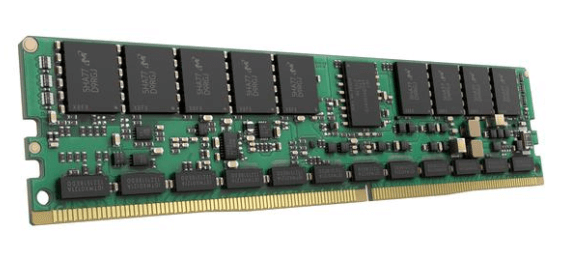If you are interested in Double Data Rate 5 Synchronous Dynamic Random-Access Memory (DDR5 SDRAM) and want to get some information about it, then this post is what you need. In this post, MiniTool will tell you what DDR5 SDRAM is and other things about it.
Nowadays, you can find different types of RAM in the market, such as DDR3 SDRAM and DDR4 SDRAM. And this post will give you some information about DDR5 SDRAM – a type of RAM that is about to enter the market.
Introduction to DDR5 SDRAM
DDR5 SDRAM is short for Double Data Rate 5 Synchronous Dynamic Random-Access Memory, which can also be called DDR5 RAM. It is the successor of DDR4 SDRAM, which is planned to double the bandwidth while reducing power consumption.

On November 15, 2018, SK Hynix announced the completion of its first DDR5 RAM chip and it runs at 5200 MT/s. In February 2019, SK Hynix announced the 6400 MT/s chip, which is the highest speed officially allowed by the preliminary DDR5 standard. And it is comparable to some of the fastest DDR4 RAM currently available.
SK Hynix chips are based on a 10 nm process node and each integrated circuit (IC) has a density of 16 GB. The standard DIMM (dual integrated memory module, or “stick”) for system memory contains 8 to 16 ICs with a total capacity of 8 or 16 GB. These chips show some encouraging early improvements.
In September 2019, the standard of DDR5 RAM is still being finalized by JEDEC and is expected to be released in 2020 (previously, 2018 was used as the release target). Some companies planned to bring the first batch of products to the market by the end of 2019. The independent JEDEC standard LP-DDR5 (Low Power Double Data Rate 5) for laptops and smartphones was released in February 2019.
Compared with DDR4, DDR5 further reduces the memory module voltage to 1.1 V, thereby reducing power consumption. DDR5 modules can integrate onboard voltage regulators to achieve higher speeds.
Related post: What Are the Differences Between DDR3 and DDR4 RAM
Since this increases costs, it is expected to be implemented only on server-level and possibly high-end consumer modules. Each module of DDR5 supports a speed of 51.2 GB/s with 2 memory channels per module.
It is generally expected that most use-cases that currently use DDR4 RAM will eventually migrate to DDR5 RAM. In order to be used in desktop and laptop computers, the integrated memory controllers of Intel’s and AMD’s CPUs will have to support it.
As of September 2019, neither has officially announced support, but Huawei’s leaked roadmap in a speech in April 2019 shows that Intel will introduce DDR5 memory and PCI 5.0 in Sapphire Rapids in 2021.
According to AMD’s Forrest Norrod, AMD’s third-generation Epyc CPU based on Zen 3 in mid-2020 will still use DDR4. According to extremetech.com, it is “widely expected” that AMD will begin supporting DDR5 in the Zen 4 microarchitecture in 2021.
Bottom Line
This post is mainly talking about Double Data Rate 5 Synchronous Dynamic Random-Access Memory (DDR5 SDRAM). It is the successor of DDR4 SDRAM, which is about to enter the market.
User Comments :